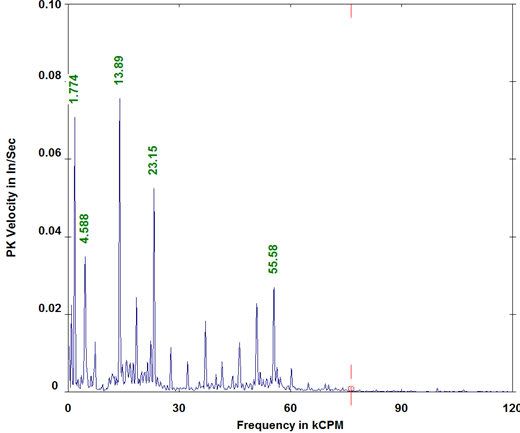Hello,
We have a motor that just went through a rewinding/VPI recently, and when it was installed back to service, the noise it?s making is quite louder (I want to say maybe 5 to 8 times more). This motor is used to drive a pump, and its specs are 450HP, FLA 108A, 2.4KV. Mechanical checked all vibrations found no issues and electrical also check the load, and everything is balanced. I thus wonder if the fact that the motor went through the rewind now caused some change inside the windings? Wonder what more can we check when the motor is in service. Any advice?
We have a motor that just went through a rewinding/VPI recently, and when it was installed back to service, the noise it?s making is quite louder (I want to say maybe 5 to 8 times more). This motor is used to drive a pump, and its specs are 450HP, FLA 108A, 2.4KV. Mechanical checked all vibrations found no issues and electrical also check the load, and everything is balanced. I thus wonder if the fact that the motor went through the rewind now caused some change inside the windings? Wonder what more can we check when the motor is in service. Any advice?

